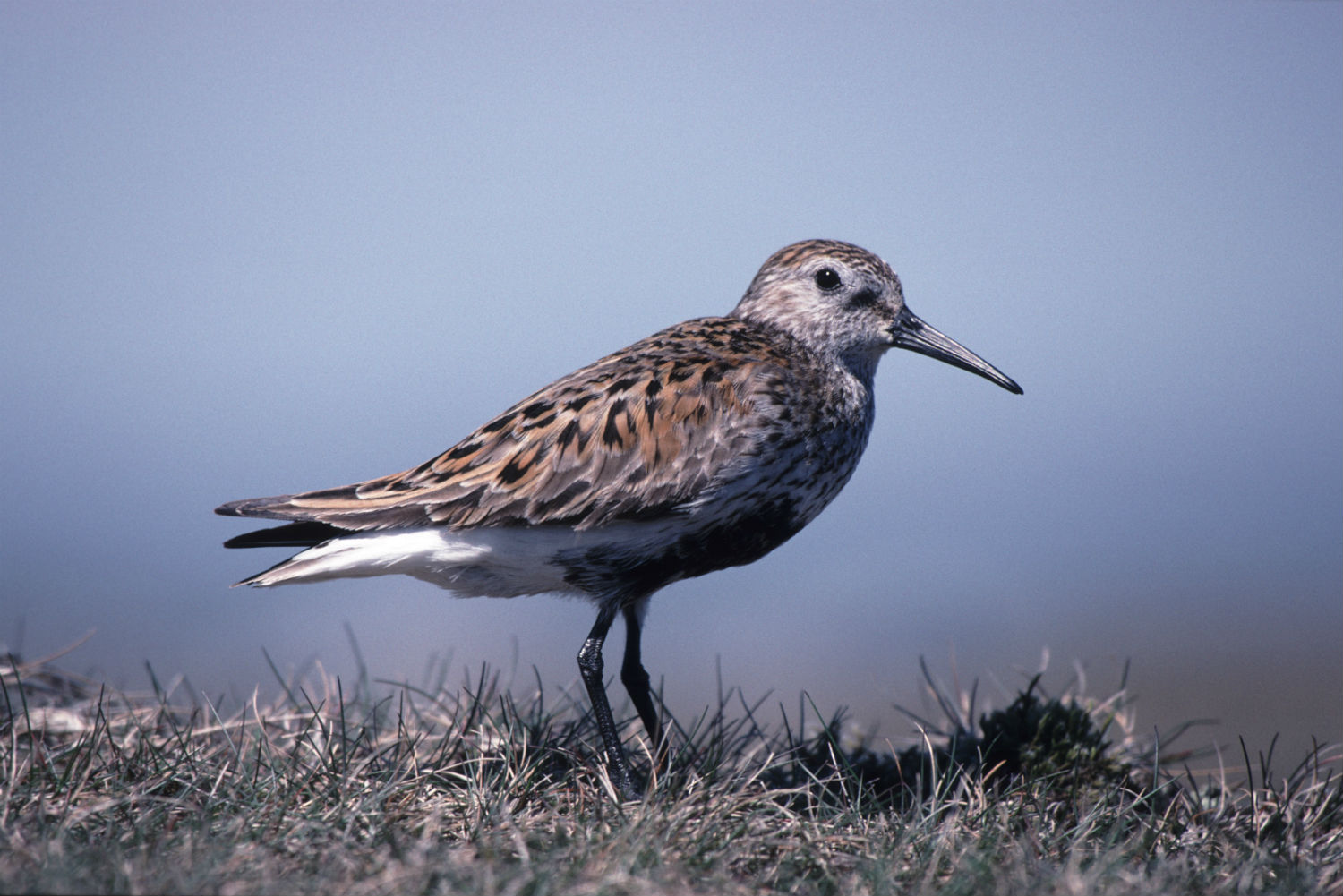Kevin Shepherd helped devise a method for surveying birds in the uplands. We find out more ...
“Many years ago we realised that the uplands of Britain held internationally important bird populations, notably wading birds. But we had a major problem. There were lots of them spread over truly vast areas – so how could we possibly find out what was there and which areas were particularly important so we could protect them?”
“Fortunately wading birds are relatively conspicuous, so you can detect what is detectable. Most importantly, particularly good areas and habitats holding lots of birds can be readily identified and distinguished from relatively poor areas holding fewer birds. Furthermore surveys can be repeated over time to find out how well the birds are doing.”
“I simply love every single day of surveying. I love being outdoors and love being high up in the uplands. I love the peace and tranquillity as well as the challenges imposed by the terrain and weather. Dramatic changes in weather often occur, when it can suddenly turn from crystal clear to rolling storm clouds or dense fog in a matter of minutes. All in all, it is often a near-spiritual experience.”

“I especially love seeing dunlins because they are particularly scarce in the English uplands.
They are found on only the most pristine of blanket bog habitats so when you see one, it means you’re in a wonderfully healthy, functioning ecosystem, an ecosystem that is breathing and not dying."
“One of my earliest memories is doing a huge painting in school. When I was only six, a brand new classroom was built in our school and we were told we could draw anything we wanted to fill the blank walls. I drew enormous house sparrows, robins, blackbirds and chaffinches and labelled my painting ‘Garden Birds’, so I suppose I was an ornithologist from the very beginning.”
“I think they’re really magical, challenging and special. They’re unlike anywhere else in the world. They have a very sad history, but I love the idea of being part of the recovery team that is helping to restore and protect them. Unfortunately, some folk see these places as wastelands because there appears to be vast areas of nothingness. But the work we’re doing is documenting and celebrating an abundance of life there.”
“I especially love seeing dunlins because they are particularly scarce in the English uplands. They are found on only the most pristine of blanket bog habitats so when you see one, it means you’re in a wonderfully healthy, functioning ecosystem, an ecosystem that is breathing and not dying. Hearing the curlew’s wonderful ‘bubbling’ song is also always exciting, and heartening to know such fabulous birds are still here in this place with me.”
“Everyone should get out and experience hearing and seeing these wonderful waders in such incredible landscapes. I’m undoubtedly an enhanced person because of nature and all the lessons it has taught me. It’s undeniably just great for the soul. We have no choice but to do everything we can to maintain and protect it.”
“Absolutely.”
